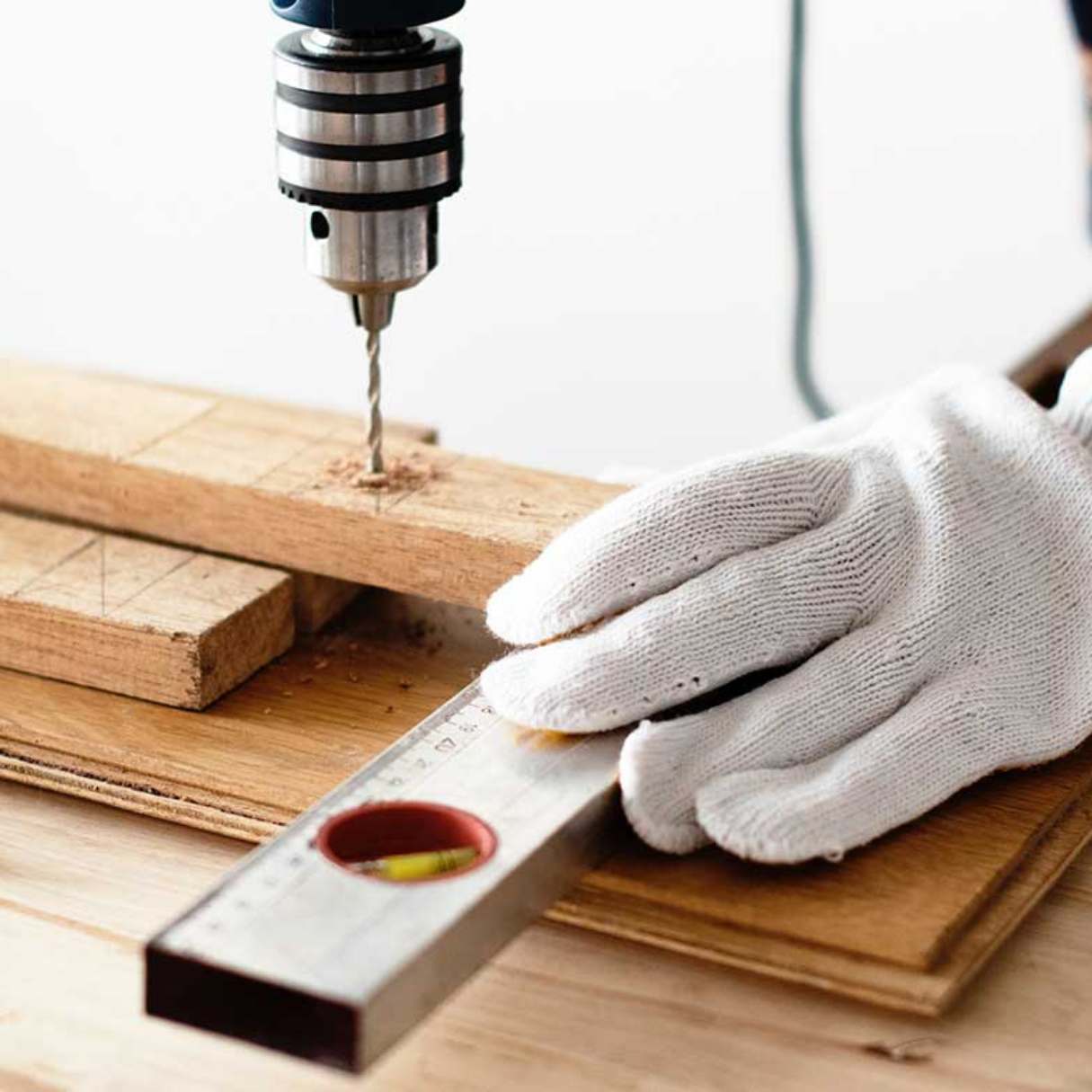

Articles
How To Use Power Tools Safely
Modified: January 20, 2024
Find useful articles on the importance of safety precautions when using power tools and never engage the tools without proper knowledge and training. Discover expert tips and guidelines to ensure your safety.
(Many of the links in this article redirect to a specific reviewed product. Your purchase of these products through affiliate links helps to generate commission for Storables.com, at no extra cost. Learn more)
Introduction
Welcome to the world of power tools! These handy machines have revolutionized the way we approach various tasks, from woodworking and home improvement to construction and beyond. They are designed to make our lives easier and more efficient, allowing us to accomplish projects with speed and precision. However, it is important to remember that with great power comes great responsibility. When using power tools, safety should always be the number one priority.
Power tools have the potential to cause serious injuries if not used properly. From circular saws and drills to power sanders and nail guns, each tool serves a specific purpose and requires specific handling techniques. In this article, we will delve into the importance of safety when using power tools and provide you with valuable tips on how to stay safe while using these tools.
The goal is to empower you with the knowledge and awareness needed to prevent accidents and ensure a productive and injury-free work environment. So, let us dive in and explore the world of power tool safety!
Key Takeaways:
- Prioritize safety by never engaging with power tools without proper training, wearing appropriate safety equipment, and maintaining a clean and organized work area to prevent accidents and injuries.
- Ensure a safe and productive experience with power tools by following manufacturers’ instructions, using the right tool for the job, and being mindful of electrical hazards to prevent shocks, fires, or accidents.
Read more: How To Use Power Tools
Importance of Safety
When it comes to working with power tools, safety should never be taken lightly. The consequences of neglecting safety measures can be severe, from minor injuries to life-threatening accidents. Here are a few reasons why safety should be a top priority:
- Preventing Injuries: Power tools have sharp blades, moving parts, and high-speed rotations that can cause serious harm if mishandled. By following safety procedures and using appropriate protective gear, you minimize the risk of accidents and protect yourself from potential injuries.
- Promoting Efficiency: When you prioritize safety, you create a more organized and focused work environment. This allows you to be more efficient in completing your tasks, as you are not constantly worried about potential dangers. By taking the necessary precautions, you can work confidently and concentrate on your projects.
- Ensuring Longevity of Tools: Power tools are an investment, and proper safety measures help ensure their longevity. When used correctly and maintained properly, power tools can last for many years. However, neglecting safety measures can lead to accidents that not only harm you but also cause damage to your tools.
- Promoting a Culture of Safety: By emphasizing safety in your work environment, you set an example for others to follow. Whether you are working alone or with a team, practicing safety measures creates a culture of responsibility and awareness. This can lead to a safer and more productive workplace for everyone.
- Complying with Regulations: Depending on your location, there may be specific safety regulations and guidelines governing the use of power tools. It is important to familiarize yourself with these regulations and ensure that you are in compliance. By prioritizing safety, you demonstrate your commitment to adhering to legal requirements.
Remember, accidents can happen to anyone, regardless of skill level or experience. By understanding the importance of safety and implementing appropriate precautions, you can minimize the risk of accidents and create a safer working environment for yourself and those around you.
Understanding Power Tools
Before diving into the world of power tool safety, it is important to have a basic understanding of these tools and how they work. Power tools are designed to make tasks easier and more efficient by utilizing electricity, compressed air, or a gasoline engine to power their operations.
There are various types of power tools, each serving a specific purpose. Common power tools include drills, saws, sanders, grinders, and routers, among others. These tools are typically powered by electricity and often have rotating or reciprocating parts.
It is essential to familiarize yourself with the specific power tools you will be using. Read the instruction manual carefully to understand how the tool operates, its safety guidelines, and any specific maintenance requirements. This will allow you to use the tool safely and efficiently.
Maintaining power tools is also crucial. Regular cleaning, sharpening, and lubrication are essential to keep the tools in good working condition. A well-maintained power tool not only ensures its longevity but also reduces the risk of malfunction or accidents.
Furthermore, it is important to note that power tools come in different sizes and power capacities. Choose the appropriate tool for the task at hand, considering factors such as the material you are working with and the level of precision required. Using the wrong tool for a job can increase the risk of accidents and result in subpar results.
Lastly, always inspect your power tools before each use. Check for any signs of damage, loose parts, or frayed cords. If you notice any issues, it is important to address them before proceeding. Do not attempt to use a damaged power tool, as this can lead to serious injuries.
By understanding the basics of power tools and maintaining them properly, you set the foundation for safe and efficient use. With this knowledge in mind, let’s delve into the specific safety measures you should take when working with power tools.
Never Engage The Power Tools Without Proper Training
One of the most important aspects of power tool safety is ensuring that you have the necessary knowledge and training to use them correctly. Power tools can be complex and potentially dangerous if mishandled. Therefore, it is crucial never to engage with power tools without proper training. Here’s why:
- Preventing Accidents: Operating power tools without the necessary training increases the likelihood of accidents. You may not be aware of the correct techniques, safety protocols, or potential hazards associated with specific tools. Attending training courses or seeking guidance from experienced individuals will give you the skills and information needed to operate power tools safely.
- Promoting Efficiency and Accuracy: Proper training enhances your efficiency and proficiency when using power tools. You will learn the best practices for tool operation, which can result in better performance and improved accuracy in completing your tasks. This will save you time and produce better-quality work.
- Understanding Safety Features: Power tools often come equipped with safety features designed to prevent accidents. However, these features are only effective if you know how to use them correctly. Training will educate you on the various safety features of your tools and how to utilize them to your advantage.
- Minimizing Tool Damage: Mishandling power tools can lead to damage not only to the tools themselves but also to the materials you are working on. For example, using a saw incorrectly can result in jagged cuts or splintered wood. Proper training will teach you the appropriate techniques to use, reducing the risk of damaging your tools or the workpiece.
- Professionalism and Legal Compliance: If you are working in a professional setting or as part of a business, proper training is often a legal requirement. Employers have a responsibility to ensure that their employees have the necessary skills and knowledge to safely operate power tools. By seeking training, you demonstrate your commitment to professionalism and legal compliance.
Remember, power tools are sophisticated machines that require skill and understanding to operate safely. Training courses, workshops, or apprenticeships can provide you with the knowledge and techniques needed to handle power tools with confidence. Additionally, don’t hesitate to seek guidance from experienced individuals or mentors in your field. By investing in your training, you are investing in your safety and the quality of your work.
Wear Appropriate Safety Equipment
When working with power tools, wearing the right safety equipment is essential to protect yourself from potential hazards. While the specific safety gear you need may vary depending on the task and the tools you are using, here are some key items to consider:
- Protective Eyewear: Safety glasses or goggles should be worn at all times when operating power tools. They protect your eyes from flying debris, sparks, dust, and other potential eye hazards. Make sure the eyewear fits properly and provides adequate coverage.
- Hearing Protection: Many power tools generate loud noises that can damage your hearing over time. Use earplugs or earmuffs to protect your ears from excessive noise levels. Consider wearing hearing protection even if the noise seems tolerable, as prolonged exposure can still cause damage.
- Respiratory Protection: Certain power tools, such as sanders or grinders, produce dust or fumes that can be harmful when inhaled. Use a respirator or dust mask to protect your lungs from fine particles and hazardous substances. Ensure that the respirator is appropriate for the specific task and offers adequate filtration.
- Protective Gloves: Depending on the task, wearing gloves can provide added protection to your hands. Choose gloves that are designed for the specific type of work you are doing, whether it’s providing grip, cut resistance, or protection from heat or chemicals.
- Protective Clothing: Wear appropriate clothing that covers your skin, such as long-sleeved shirts, long pants, and closed-toe shoes. Avoid loose-fitting clothing or jewelry that could get caught in moving parts. Consider wearing flame-resistant or high-visibility clothing when working in certain environments.
- Head Protection: In some situations, wearing a hard hat may be necessary to protect your head from falling objects or low ceilings. Assess the risks of your work environment and determine if head protection is required.
Remember, wearing the right safety equipment is not only important for your well-being but is also crucial for maintaining compliance with safety regulations. Make it a habit to wear your safety gear every time you engage with power tools, regardless of how minor the task may seem. Your safety should always come first.
Read more: How Many Watts Do Power Tools Use
Keep a Clean and Organized Work Area
Maintaining a clean and organized work area is often overlooked, but it is vital for promoting safety when using power tools. A cluttered and messy workspace can increase the risk of accidents and make it difficult to work effectively. Here are some key reasons why you should keep your work area clean and organized:
- Preventing Trips and Falls: Removing clutter and obstacles from your work area reduces the chances of tripping or slipping while operating power tools. Keep walkways clear and ensure that cords and hoses are properly secured to prevent accidents.
- Enhancing Visibility: A clean and well-lit work area allows you to see potential hazards more clearly. Proper lighting helps you identify any potential issues with the tools or the materials you are working on. This improves safety and allows you to work with greater precision.
- Minimizing Fire Hazards: Power tools generate heat and sparks, increasing the risk of fire if there are flammable materials nearby. Keep your work area free from clutter, especially combustible materials like sawdust, paper, or solvents. Have a fire extinguisher or fire suppression system readily available in case of emergencies.
- Preventing Damage to Tools and Materials: A disorganized work area can lead to accidental damage to your power tools or the materials you are working on. By keeping your tools stored properly and having designated areas for different tasks, you reduce the risk of mishandling or misplacing them.
- Promoting Efficiency: An organized work area allows you to work more efficiently and saves you time searching for tools or materials. Having a designated place for each item improves workflow and reduces the likelihood of distractions or delays.
- Creating a Positive Work Environment: A clean and organized work area contributes to a positive mindset and work atmosphere. It reduces stress and promotes focus, enabling you to work with a clear mind and better concentration.
Take the time to declutter your work area before and after each project. Have dedicated storage solutions for tools, keeping them clean, and in proper working condition. Regularly sweep or vacuum the area to remove dust and debris. Maintain good housekeeping practices to ensure a safe and productive work environment.
Remember, an organized work area is not only beneficial for safety but also for enhancing your overall experience when working with power tools. By keeping your workspace clean and tidy, you set the foundation for a successful and enjoyable project.
Use Power Tools in Well-Lit Areas
Proper lighting is crucial when working with power tools. Operating power tools in a well-lit environment not only enhances safety but also improves your accuracy and productivity. Here’s why it’s important to use power tools in well-lit areas:
- Improved Visibility: Adequate lighting allows you to see the details of your work more clearly. This is particularly important when using power tools that require precision, such as cutting or drilling. Good visibility helps you avoid mistakes and ensures that you are using the tool correctly.
- Better Identification of Hazards: Well-lit surroundings enable you to identify potential hazards and obstacles more easily. Whether it’s a loose cord, a sharp edge, or an unsafe working condition, proper lighting gives you the visibility needed to spot and address these issues before accidents occur.
- Reduced Eye Strain: Working in dimly lit areas can strain your eyes, leading to fatigue, headaches, and reduced focus. By using power tools in well-lit spaces, you can reduce eye strain and maintain better concentration on your tasks. This promotes safer and more efficient work.
- Prevention of Shadows: Shadows can obscure your view and make it challenging to see the details of your workpiece. This can lead to inaccurate cuts or other mistakes. Proper lighting minimizes shadows, ensuring that you have a clear line of sight and can work with greater precision.
- Enhanced Safety Awareness: When you can clearly see your work area, you are more likely to notice potential hazards and take necessary precautions. This includes being mindful of your positioning, maintaining proper hand placement, and keeping a safe distance from moving parts.
- Reduced Accidental Tool Contact: Inadequate lighting increases the chances of accidental contact with the tool blades or moving parts. This can result in injuries or damage to the workpiece. By working in well-lit areas, you can better control your movements and avoid accidental contact.
Make it a priority to have proper lighting in your work area. This may involve adding additional light fixtures, using portable task lights, or positioning your workbench near natural light sources, such as windows. Consider the specific lighting requirements for each tool and adjust accordingly.
Remember, good lighting is essential for maintaining a safe and efficient work environment when using power tools. Providing adequate illumination reduces the risk of accidents, enhances your precision, and ensures that you can complete your tasks with confidence.
Avoid Loose Clothing and Jewelry
When working with power tools, it is crucial to wear appropriate attire that minimizes the risk of accidents. Avoiding loose clothing and jewelry is an important safety measure that should not be overlooked. Here’s why you should avoid wearing loose items when using power tools:
- Reducing the Risk of Entanglement: Loose clothing, such as baggy shirts, oversized sleeves, or flowing scarves, can easily get caught in the moving parts of power tools. This can result in serious injuries, such as lacerations, amputations, or even being pulled into the tool itself. Avoiding loose clothing eliminates the risk of entanglement and ensures your safety.
- Preventing Accidental Triggering: Jewelry, such as necklaces, bracelets, or dangling earrings, can easily get caught in power tool mechanisms or switches. This can unintentionally trigger the tool or cause it to malfunction, leading to potential accidents. Remove all jewelry before using power tools to eliminate this risk.
- Enhancing Focus and Dexterity: Loose clothing or jewelry can be distracting and hinder your movements while using power tools. They can get in the way, obstruct your vision, or hinder the proper grip and control of the tool. By wearing fitted clothing and removing any accessories, you can focus better on the task at hand and ensure precise movements.
- Preventing Fire Hazards: Loose clothing made of flammable materials, such as synthetic fabrics, puts you at risk for contact with sparks or high temperatures generated by power tools. This increases the potential for clothing to catch fire, leading to severe burns or other injuries. Wear clothing made of non-flammable or fire-resistant materials to prevent such hazards.
- Setting a Good Example: Avoiding loose clothing and jewelry sets a good example for others working around you, particularly if you are in a professional setting or working with a team. By prioritizing safety in your attire, you promote a culture of responsible behavior and create a safer working environment for everyone.
When working with power tools, dress in appropriate attire, such as fitted shirts, long pants, and closed-toe shoes. Tuck in your shirt and roll up sleeves if necessary. Wear a properly fitted work apron that does not have loose straps or hanging cords. Additionally, tie back long hair and secure it away from the face to avoid entanglement.
Remember, your clothing and accessories should never hinder your movement or compromise your safety when working with power tools. By avoiding loose clothing and jewelry, you minimize the risk of accidents and ensure a safer working environment.
Keep Power Tools Away from Children and Pets
When it comes to power tool safety, it’s crucial to keep these tools out of reach of children and away from pets. Power tools are inherently dangerous if not used properly, and allowing children or pets access to them can lead to serious accidents. Here are some important reasons why you should prioritize keeping power tools away from children and pets:
- Preventing Injuries: Children and pets are naturally curious and may not understand the dangers associated with power tools. Allowing them access to these tools increases the risk of accidental injury. Power tools can cause severe cuts, burns, or electrical shocks, which can be particularly dangerous for small children or animals.
- Avoiding Damaged Tools: Children or pets playing with power tools can cause damage to both the tools and themselves. Mishandling or tampering with power tools can lead to malfunctions or breakages, rendering the tools unsafe or ineffective for future use.
- Reducing Fire Hazards: Power tools generate heat, sparks, or flames, which can pose a fire hazard if not handled correctly. Children or pets may inadvertently cause flammable materials to come into contact with power tools, increasing the risk of fire or injury.
- Promoting a Safe Learning Environment: While it’s important to teach children about power tool safety as they grow older, it is paramount to provide them with age-appropriate education and supervised guidance. Keeping power tools out of their reach ensures that they can learn about them in a controlled and safe setting.
- Safeguarding Pets: Animals are naturally curious and may inadvertently come into contact with power tools or cords. This can lead to injuries or entanglement, causing stress and harm to your beloved pets. Make sure to keep power tools stored securely and cords well-managed to prevent pets from accessing them.
- Setting a Responsible Example: By keeping power tools safely stored and out of reach of children and pets, you set a responsible example for others. It shows that safety is a priority and reinforces the importance of proper tool handling and storage.
Ensure power tools are stored in locked cabinets, tool chests, or designated areas that are inaccessible to children and pets. Store them in a clean, dry, and well-ventilated space to prevent damage and to maintain their effectiveness. Additionally, securely coil and store power cords to avoid tripping hazards and prevent pets from chewing on them.
Remember, the safety of children and pets is paramount when it comes to power tools. By keeping these tools out of their reach, you can prevent accidents, promote a safe learning environment, and ensure the well-being of your loved ones.
Always wear proper safety gear, such as goggles and gloves, when using power tools. This will protect you from potential injuries and hazards.
Read more: Who Buys Used Power Tools
Never Leave Power Tools Unattended
When working with power tools, it is important to never leave them unattended, even for a brief moment. Unattended power tools pose a significant safety risk and can lead to accidents or misuse. Here’s why you should always stay with your power tools:
- Preventing Unauthorized Use: Leaving power tools unattended can lead to unauthorized access, especially in shared workspaces or environments. Others may not have the necessary knowledge or experience to operate the tools safely, increasing the risk of accidents or damage to the tools.
- Reducing the Risk of Accidental Activation: Unattended power tools can be accidentally activated by someone who is unaware that the tool is already powered on. This can lead to unexpected movement of blades, rotations, or other parts, resulting in injuries or damage to the workpiece.
- Protecting Against Theft: Power tools are valuable and attractive to potential thieves. Leaving them unattended increases the risk of theft, especially in unsecured or public areas. Always lock up your tools when not in use or keep them in a secure location to prevent unauthorized access.
- Ensuring Prompt Response to Malfunctions: Power tools can occasionally malfunction or experience issues during operation. If you are present and attentive, you can quickly identify any irregularities, power down the tool, and address the problem. Leaving the tool unattended increases the risk of further damage or hazardous situations.
- Avoiding Accidental Damage: Unattended power tools are more susceptible to falls, bumps, or other accidents that can cause damage. These accidents can not only affect the tool’s performance but also compromise its safety features. Staying with your power tools allows you to ensure their proper care and protection.
- Promoting Safety Awareness: When you remain present and attentive while using power tools, you set an example of responsible behavior and promote a culture of safety in your work environment. Others around you are more likely to follow suit and prioritize safety in their own tool use.
Always stay with your power tools, even if you need to step away for a moment. If you must leave the immediate area, ensure that the tool is turned off, unplugged, or properly secured. Store small power tools in locked cabinets or drawers when not in use, and use lockout or tagout procedures for larger tools to prevent accidental activation.
By never leaving power tools unattended, you reduce the risk of accidents, theft, and unauthorized use. Remember, your presence and attention can make all the difference in maintaining a safe and secure work environment.
Inspect Power Tools Before Use
Before using any power tool, it is crucial to thoroughly inspect it for any signs of damage or wear. Regular inspections help identify potential issues that could compromise the tool’s performance or pose a safety risk. Here are some key reasons why you should inspect power tools before each use:
- Identifying Damage or Malfunction: Inspecting power tools allows you to identify any visible damage, such as cracks, frayed cords, loose parts, or signs of wear. These issues can affect the tool’s functionality and pose safety risks during operation.
- Preventing Electrical Hazards: Power tools rely on electrical components for operation. Inspecting them helps identify any exposed wires, damaged plugs, or faulty switches that could lead to electrical shocks or fires. Addressing these electrical hazards before use is crucial for your safety.
- Checking Tool Stability: Ensure that the power tool is stable and secure before operation. Loose or unstable bases, clamps, or handles can compromise your control over the tool and increase the risk of accidents or injuries. Tighten any loose components before using the tool.
- Verifying Safety Features: Power tools are equipped with various safety features to protect the user. Inspecting the tool ensures that these features, such as blade guards, safety switches, or adjustable guides, are in proper working condition. Do not use the tool if any safety feature is missing or malfunctioning.
- Checking Blades and Bits: The cutting edges of blades, cutters, or drill bits should be sharp and in good condition. Dull or damaged cutting edges can lead to inefficient performance, increased effort, and potential kickback. Replace or sharpen blades and bits as necessary before using the tool.
- Verifying Proper Accessories: Some power tools require specific accessories or attachments for safe and effective use. Make sure you have the correct accessories, such as guards, shields, or protective covers, and ensure that they are properly installed and functioning before starting the tool.
Conduct a visual and functional inspection of your power tools before each use. Look for any signs of damage, wear, or malfunction. Pay attention to the tool’s connections, moving parts, electrical components, and overall condition. If you discover any issues, consult the manufacturer’s instructions or seek professional assistance to address the problem before proceeding.
Remember, inspecting power tools ensures their proper functionality and your safety. By taking the time to inspect your tools before use, you minimize the risk of accidents, prolong the lifespan of the tools, and maintain a productive work environment.
Follow Manufacturers’ Instructions and Guidelines
One of the most critical aspects of power tool safety is following the manufacturers’ instructions and guidelines. Manufacturers provide detailed information on how to safely operate their tools, and it is important to adhere to these instructions to avoid accidents or damage. Here’s why you should always follow the manufacturers’ instructions:
- Prioritizing Safety: Manufacturers design their tools with safety in mind. They provide specific instructions on how to handle, operate, and maintain their tools safely. By following these instructions, you minimize the risk of accidents and ensure the tools are used in the way intended by the manufacturer.
- Understanding Proper Use: Manufacturers’ instructions provide detailed information on the correct usage of the tool. This includes guidance on recommended cutting depths, speed settings, or specific techniques. Following these instructions ensures that the tool is used effectively and efficiently.
- Avoiding Damage: Power tools are designed with specific limitations and parameters. Deviating from the recommended guidelines, such as exceeding the tool’s capacity or using it for purposes it is not intended for, can lead to tool damage or failure. By following the manufacturers’ instructions, you protect the tool from unnecessary wear and tear.
- Maintaining Warranty: Many power tools come with warranties that provide coverage for defects or malfunctions. However, the warranty may be voided if the tool is not used according to the manufacturers’ instructions. By following the guidelines, you maintain the warranty’s validity and ensure that you receive the necessary support or repairs if any issues arise.
- Staying Informed About Updates: Manufacturers may periodically release updates or safety information for their tools. Following their instructions allows you to stay informed about any modifications or additional precautions to ensure your continued safety and optimal tool performance.
- Setting a Good Example: By following the manufacturers’ instructions, you set a responsible example for others around you, whether coworkers, employees, or family members. Your commitment to following guidelines promotes a culture of safety and encourages others to do the same.
Always familiarize yourself with the manufacturers’ instructions and guidelines before using a power tool. These instructions typically cover topics such as assembly, maintenance, operation, and safety procedures. Take the time to read and understand the documentation provided by the manufacturer.
If you have misplaced the manual or are unsure about any aspect of using the tool, consult the manufacturer’s website or contact their customer service for assistance. It’s better to seek clarification than to make assumptions and potentially compromise your safety.
Remember, following the manufacturers’ instructions is essential for maintaining safety and maximizing the performance and lifespan of your power tools. By adhering to these guidelines, you can work confidently and minimize the risk of accidents or damage.
Use the Right Tool for the Job
One of the fundamental principles of power tool safety is using the right tool for the job at hand. Each power tool is designed for specific tasks, and using the wrong tool can lead to inefficiency, poor results, and even accidents. Here’s why it’s essential to use the right tool:
- Ensuring Safety: Using the correct tool for a particular task is crucial for your safety. Tools are designed with specific safety features and mechanisms that align with their intended use. Using an inappropriate tool can increase the risk of accidents or damage to the workpiece.
- Promoting Efficiency: Each power tool is designed to perform certain tasks efficiently and effectively. Using the right tool ensures that the job gets done correctly and with minimal effort. It saves time, reduces the risk of mistakes, and results in higher-quality work.
- Maintaining Tool Longevity: Using the wrong tool for a job puts unnecessary strain on the tool, potentially leading to accelerated wear and tear. Power tools that are used within their intended capacities are more likely to have a longer lifespan and require fewer repairs or replacements.
- Ensuring Precision: Different power tools have unique features that enable precision and accuracy. Using the appropriate tool for the job ensures that you can achieve the desired level of precision and produce high-quality results.
- Preventing Damage to Materials: Using the wrong power tool for a particular material can result in damage or even destruction. For example, using a high-powered saw meant for wood on delicate materials like plastic or drywall can lead to costly mistakes. By using the right tool, you protect the material and avoid unnecessary expenses.
- Minimizing Fatigue: Using the wrong tool often requires extra effort or adjustments to compensate for its limitations. This can lead to increased fatigue and discomfort, making the job more challenging and less enjoyable. By using the appropriate tool, you can work more comfortably and efficiently.
Before starting any project, assess the requirements of the task and choose the power tool that is best suited for the job. Consider factors such as the material, size, complexity, and desired outcome. Refer to the manufacturer’s recommendations and guidelines regarding tool usage to ensure that you make the right selection.
If you are unsure about which tool to use or are considering an alternative tool, consult experienced professionals, industry experts, or online resources for guidance. Taking the time to make the correct tool choice is essential for your safety and the success of your project.
Remember, using the right tool for the job is a fundamental aspect of power tool safety. By choosing the appropriate tool, you enhance safety, efficiency, and the quality of your work. So, always select the tool that is specifically designed to tackle the task at hand.
Maintain and Store Power Tools Properly
Proper maintenance and storage of power tools are crucial for their longevity, performance, and safety. By taking care of your tools, you can prevent unnecessary wear and tear, ensure optimal functionality, and minimize the risk of accidents. Here’s why it’s important to maintain and store power tools properly:
- Extended Tool Lifespan: Regular maintenance helps prolong the lifespan of power tools. Cleaning and lubricating moving parts, sharpening blades, and replacing worn-out components not only keep the tools in good working condition but also prevent minor issues from becoming major problems over time.
- Efficient Performance: Well-maintained power tools operate more efficiently and deliver better performance. Cleaning dust and debris from vents, ensuring proper alignment of cutting edges, and maintaining optimal resistance on belts or blades all contribute to smooth operation and accurate results.
- Safety: Proper maintenance reduces the risk of accidents. Loose or damaged parts, blunt blades, or compromised safety features can make power tools dangerous to use. Regular inspections and maintenance checks ensure that the tools are in safe working condition and minimize the risk of injury.
- Prevention of Tool Damage: Power tools can be delicate and sensitive to harsh environments. Proper storage ensures protection against impact, moisture, extreme temperatures, and dust accumulation. Storing tools in their designated cases, hanging them securely on a wall, or using foam inserts in toolboxes all contribute to avoiding unnecessary damage.
- Easy Accessibility: Organized storage allows for quick and easy access to the right tool for the job. When tools are properly stored, you can save time searching for the tool you need, increasing efficiency and productivity in your projects.
- Theft Prevention: Adequate storage, such as locking cabinets, tool chests, or designated secure areas, reduces the risk of tool theft. Keeping your tools secure when not in use protects your investment and ensures that they are available when needed.
To maintain and store power tools properly, follow these general guidelines:
- Clean tools thoroughly after each use to remove dust, debris, and residue.
- Lubricate moving parts regularly to prevent rust and ensure smooth operation.
- Monitor and replace worn-out or damaged components promptly.
- Sharpen blades or bits when necessary to maintain optimal cutting performance.
- Store power tools in a clean, dry, and well-ventilated area to avoid moisture damage.
- Use protective cases, foam inserts, or wall-hanging systems to store and organize tools.
- Secure tools with locks or other anti-theft measures to prevent unauthorized access.
Refer to the manufacturer’s guidelines for specific maintenance instructions, as different tools may require specialized care. Additionally, always disconnect power tools from their power sources before performing any maintenance or storage tasks.
Remember, proper maintenance and storage practices are essential for prolonging the lifespan, ensuring optimal performance, and promoting safety with your power tools. By investing a little time and effort into maintaining and storing your tools properly, you can enjoy their benefits for years to come.
Be Mindful of Electrical Hazards
When working with power tools, it is essential to be mindful of electrical hazards. Power tools rely on electricity to function, and without proper precautions, they can pose serious risks. By understanding and addressing electrical hazards, you can ensure a safe working environment. Here’s why it’s important to be mindful of electrical hazards:
- Preventing Electrical Shocks: Electrically powered tools expose you to the risk of electrical shocks if not handled correctly. Faulty wiring, exposed conductors, or damaged cords can all contribute to electrical hazards. By being aware of potential issues and following electrical safety procedures, you can minimize the risk of electrical shocks.
- Avoiding Fire Hazards: Certain power tools generate heat or sparks that can ignite flammable substances. Additionally, damaged cords or overloaded circuits can spark and cause fire hazards. By using tools safely and paying attention to electrical connections, you can minimize the risk of fire accidents.
- Using Ground-Fault Circuit Interrupters (GFCIs): GFCIs are designed to protect against electrical shocks by quickly shutting off the power in the event of a ground fault. Use GFCIs when working with power tools in potentially damp or wet environments, such as basements, outdoors, or near water sources. GFCIs provide an extra layer of protection against the risk of electrical hazards.
- Avoiding Overloading Circuits: Plugging multiple power tools into a single outlet or using extension cords beyond their capacity can overload circuits, leading to overheating and potential fire hazards. Be mindful of the power requirements of your tools and use properly rated extension cords or multiple outlets to distribute the electrical load safely.
- Inspecting Cords and Plugs: Regularly inspect power cords and plugs for any signs of damage, such as fraying, cracking, or exposed wiring. Damaged cords can increase the risk of electrical shocks or short circuits. Replace damaged cords or seek professional repairs to maintain the electrical safety of your power tools.
- Avoiding Wet Conditions: Water and electricity do not mix. Never use power tools in wet or damp conditions unless they are specifically designed for such environments and have proper safety features. When working in wet conditions, use tools with insulated handles and ensure that all electrical connections are protected from moisture.
When working with power tools, always prioritize safety and take appropriate measures to minimize electrical hazards:
- Use tools with insulated grips or handles to reduce the risk of electrical conductivity.
- Keep power cords away from sharp edges, heat sources, or moving parts to avoid damage.
- Do not remove grounding prongs from power cords or use adapters to bypass proper grounding.
- Use lockout/tagout procedures or unplug tools when not in use or during maintenance tasks.
- Follow lockout/tagout procedures when servicing or repairing power tools to prevent accidental activation.
Remember, electrical hazards are a serious risk when working with power tools. By being aware of these hazards and taking appropriate safety measures, you can ensure a safe working environment and protect yourself from potential electrical accidents.
Take Breaks and Avoid Fatigue
When using power tools, it is important to prioritize your well-being and avoid fatigue. Prolonged use of power tools without breaks can lead to exhaustion, reduced concentration, and increased risk of accidents. By taking regular breaks and managing fatigue, you can maintain your focus, work more safely, and enhance your overall productivity. Here’s why it’s crucial to take breaks and avoid fatigue:
- Preventing Accidents: Fatigue diminishes your alertness and reaction time, increasing the likelihood of accidents when using power tools. Taking breaks allows you to rest, refresh your mind, and recharge your energy levels, reducing the risk of making mistakes or being inattentive.
- Maintaining Concentration: Continuous use of power tools can lead to mental and physical fatigue, compromising your ability to concentrate on the task at hand. Regular breaks help maintain your focus and prevent distractions, ensuring that you operate the tools with precision and efficiency.
- Reducing Repetitive Motion Injuries: Some power tools require repetitive motions, which can strain your muscles and joints over time. Taking breaks allows you to rest and stretch, alleviating the strain and reducing the risk of cumulative injuries, such as carpal tunnel syndrome or tendonitis.
- Managing Mental and Physical Exhaustion: Working with power tools can be physically and mentally demanding. Taking breaks gives you an opportunity to recover from physical exertion and mental strain, preventing burnout and improving your overall well-being.
- Improving Decision-Making: Fatigue can impair your judgment and decision-making abilities. Regular breaks help counteract mental fatigue, allowing you to make better-informed decisions when operating power tools and evaluating the safety of your work environment.
- Enhancing Productivity: Taking short breaks throughout your work session actually increases overall productivity. By giving yourself time to recharge, you can maintain a higher level of performance and achieve tasks more efficiently than if you were to push through fatigue.
To effectively manage fatigue and take appropriate breaks when using power tools, consider the following practices:
- Schedule regular breaks at predetermined intervals or when you feel fatigued.
- During breaks, take the opportunity to stretch, hydrate, and rest your eyes and mind.
- Alternate between different tasks or tools to vary your physical movements and reduce repetitive strain.
- Ensure that your work environment allows for adequate ventilation and temperature control to prevent discomfort and fatigue.
- Listen to your body and prioritize your physical and mental well-being over pushing through exhaustion.
Remember, taking breaks and managing fatigue is crucial for your safety, well-being, and productivity. By incorporating regular breaks into your work routine, you can work more effectively, reduce the risk of accidents, and ensure a positive and sustainable experience when using power tools.
Conclusion
Working with power tools can be exhilarating and efficient, allowing you to tackle a variety of projects with ease. However, it is crucial to prioritize safety throughout your power tool journey. By incorporating the following practices into your work routine, you can ensure a safe and productive experience:
- Never engage with power tools without proper training, as this can lead to accidents and injuries.
- Wear appropriate safety equipment, such as protective eyewear, gloves, and hearing protection, to minimize the risk of harm.
- Maintain a clean and organized work area to prevent trips, falls, and accidents caused by clutter.
- Use power tools in well-lit areas to enhance visibility and reduce the chance of mistakes or injuries.
- Avoid wearing loose clothing and jewelry that can get caught in the tools’ moving parts.
- Keep power tools out of reach of children and pets to prevent accidents and protect them from harm.
- Never leave power tools unattended, as this can lead to unauthorized use, theft, or accidents.
- Inspect power tools before use to identify any damage or malfunctions that could compromise safety.
- Follow the manufacturers’ instructions and guidelines for proper tool usage and maintenance.
- Choose the right tool for the job to ensure safety, efficiency, and accurate results.
- Maintain and store power tools properly to protect them from damage and maintain safe working conditions.
- Be mindful of electrical hazards and take caution when working with power tools to prevent shocks, fires, or other electrical accidents.
- Take breaks and avoid fatigue to maintain focus, prevent accidents, and improve overall performance.
By incorporating these practices into your power tool routine, you prioritize safety, minimize the risk of accidents, and create a productive work environment. Remember to always prioritize your well-being and the safety of those around you. With proper knowledge, care, and attention, you can confidently use power tools to accomplish your projects while keeping safety at the forefront.
So, stay vigilant, be responsible, and enjoy the rewards of working with power tools while maintaining a safe and fulfilling experience!
Frequently Asked Questions about How To Use Power Tools Safely
Was this page helpful?
At Storables.com, we guarantee accurate and reliable information. Our content, validated by Expert Board Contributors, is crafted following stringent Editorial Policies. We're committed to providing you with well-researched, expert-backed insights for all your informational needs.
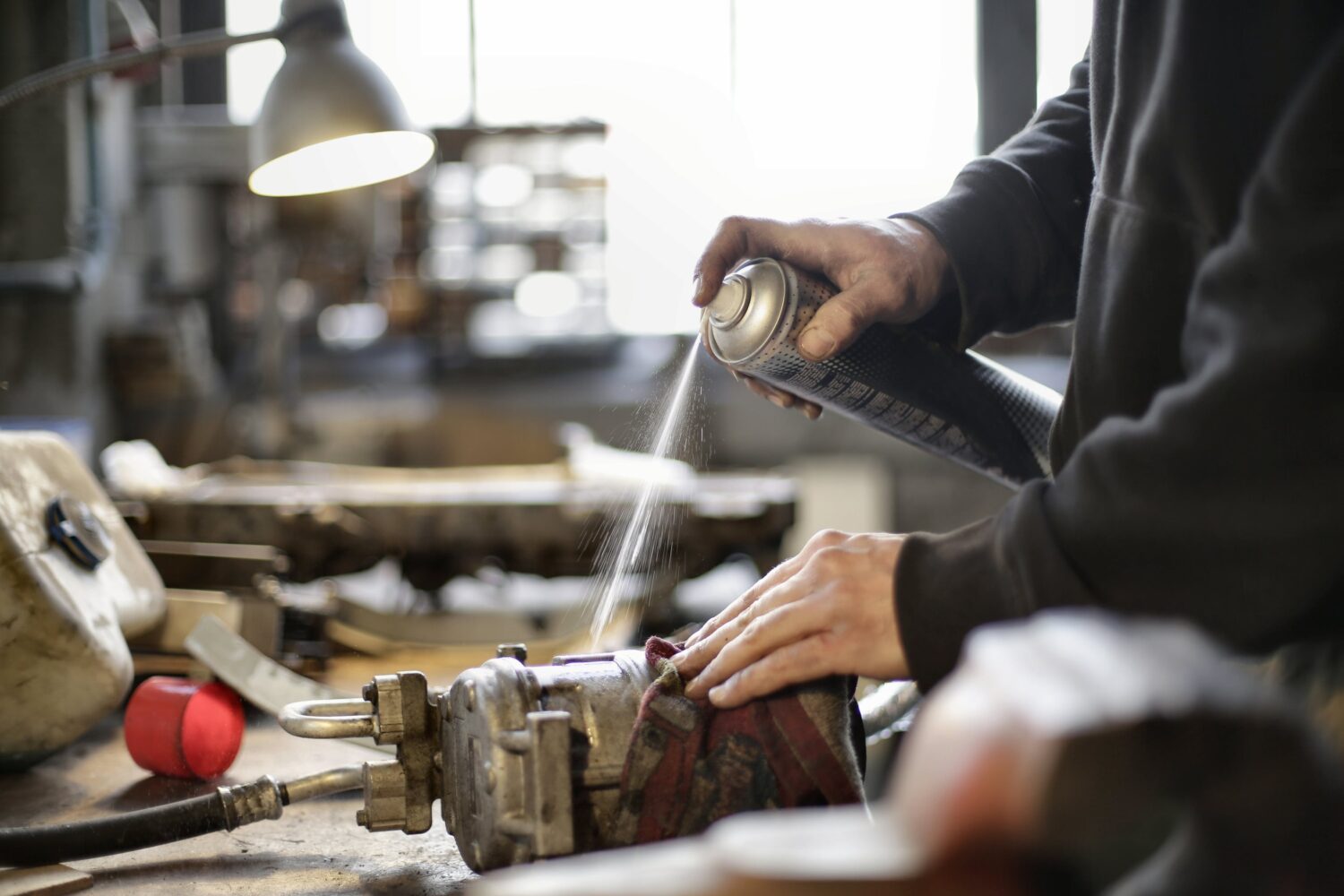
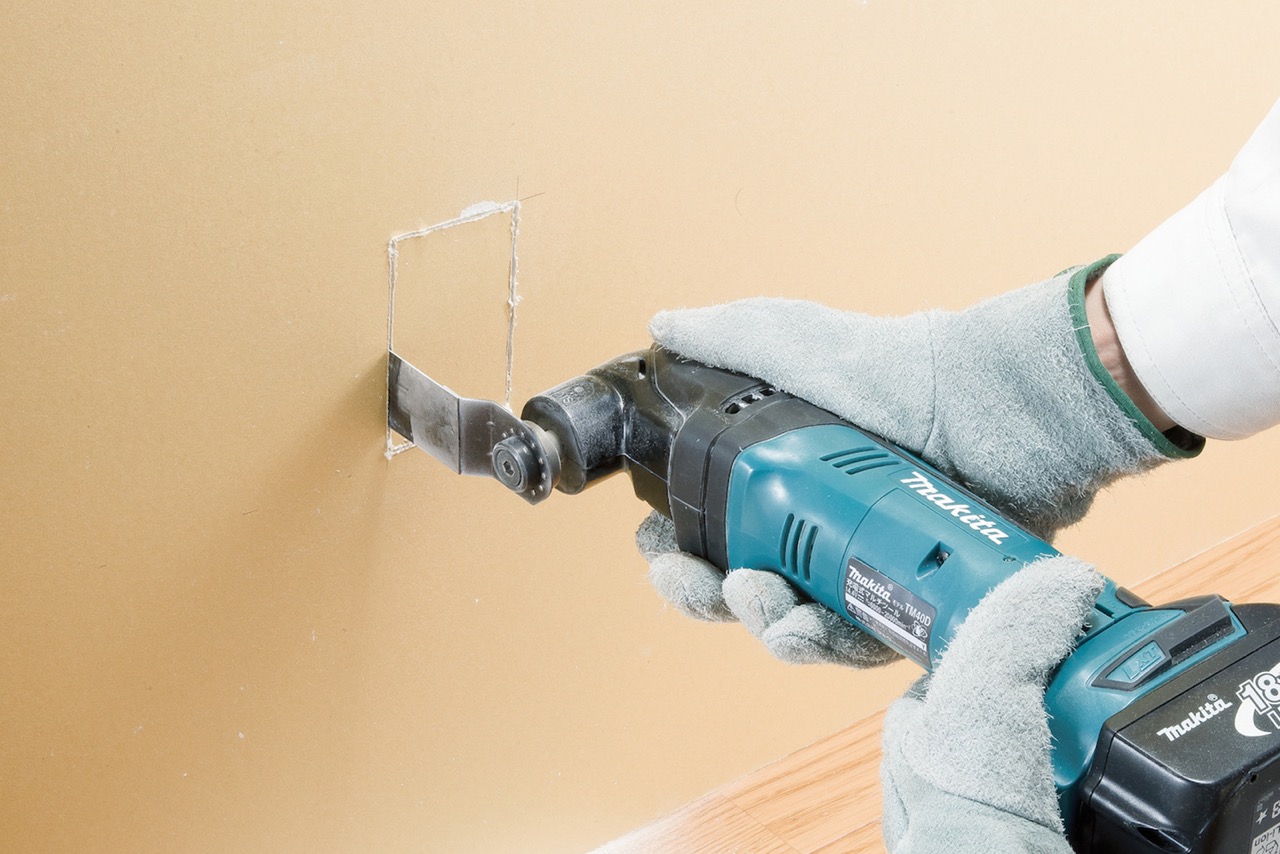
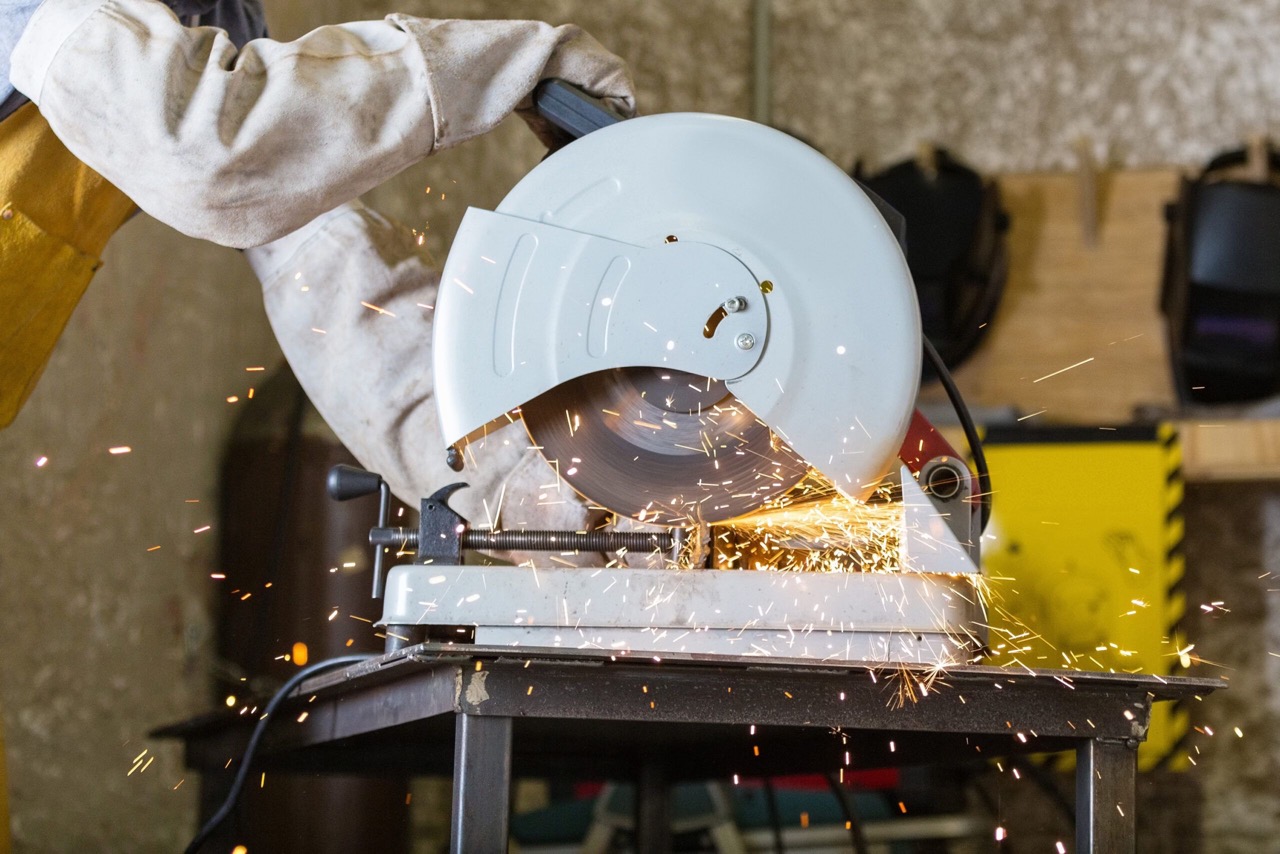
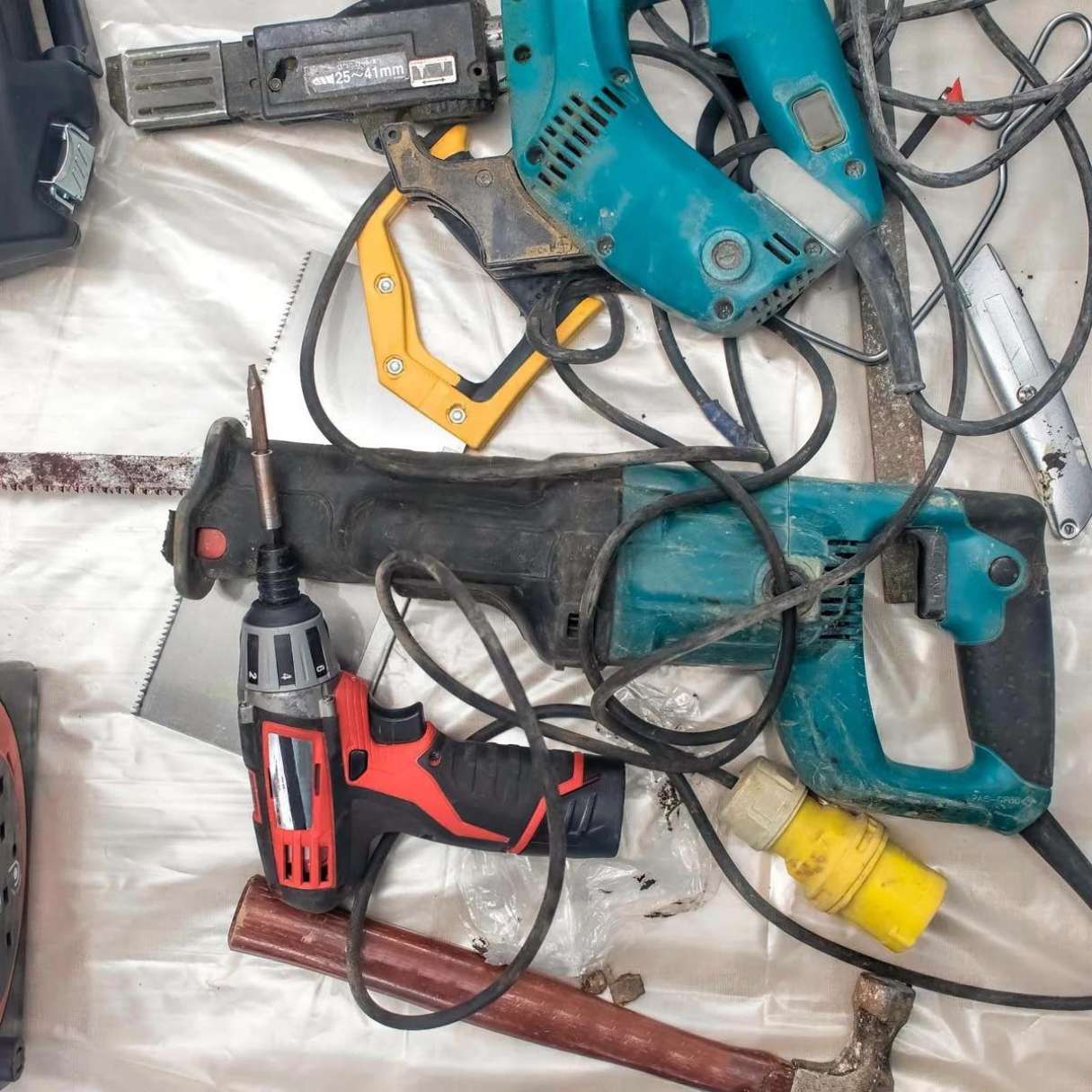
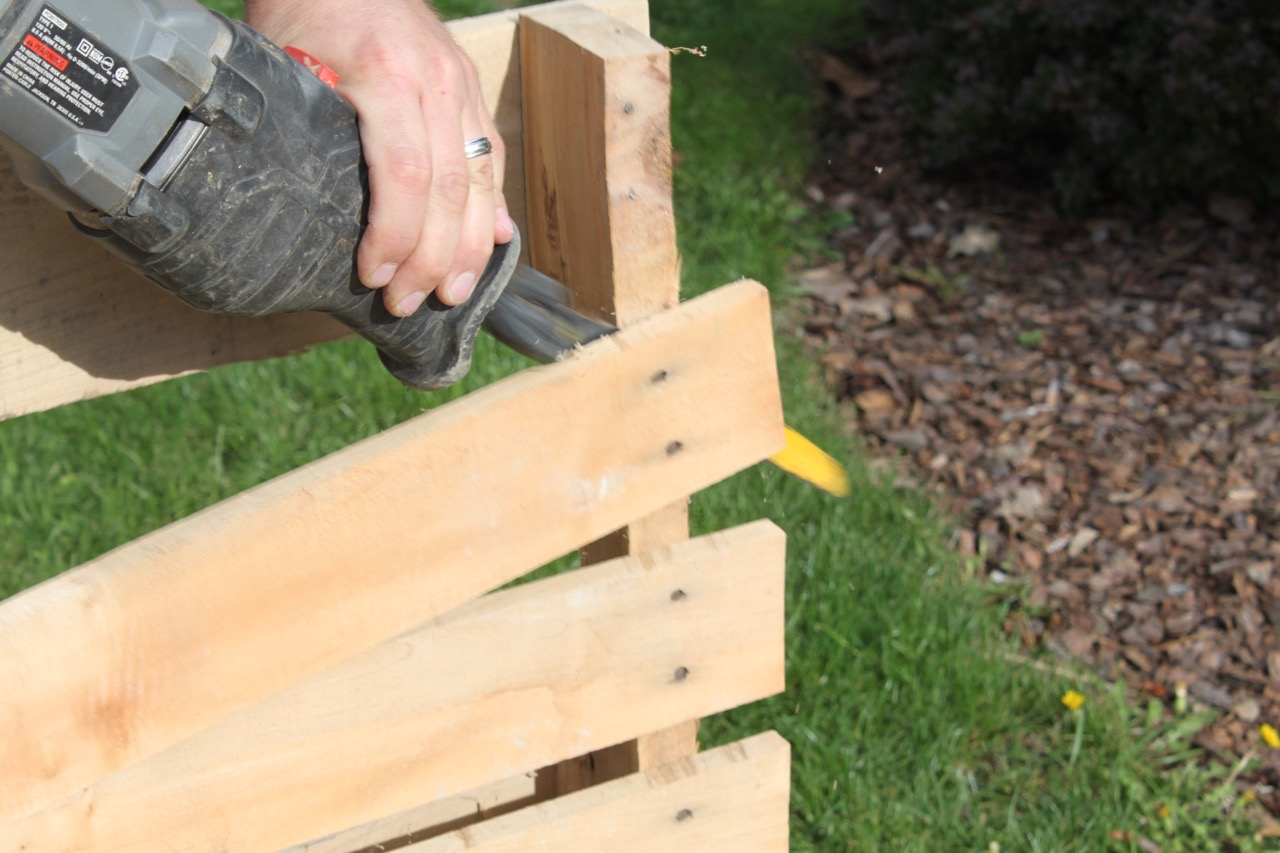
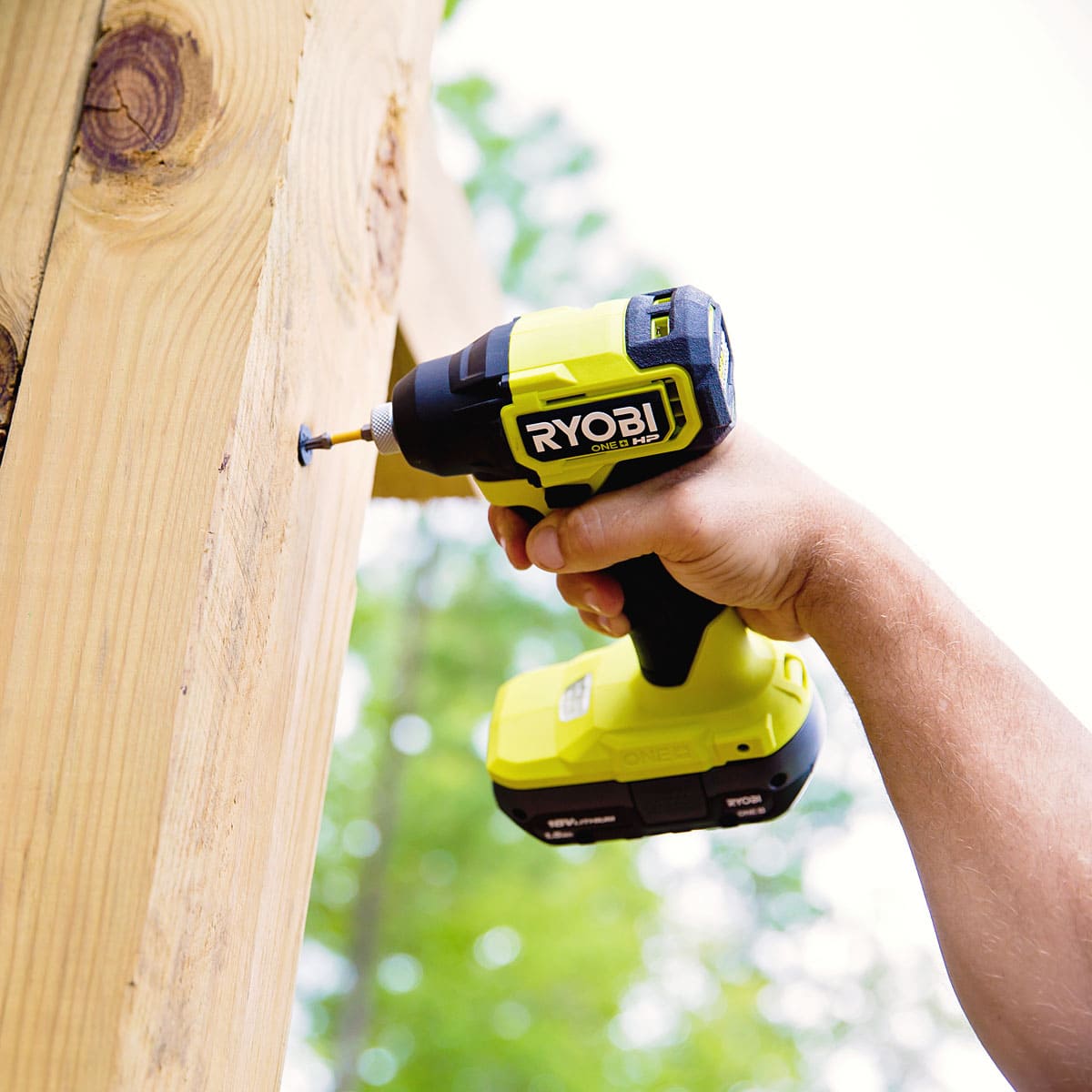
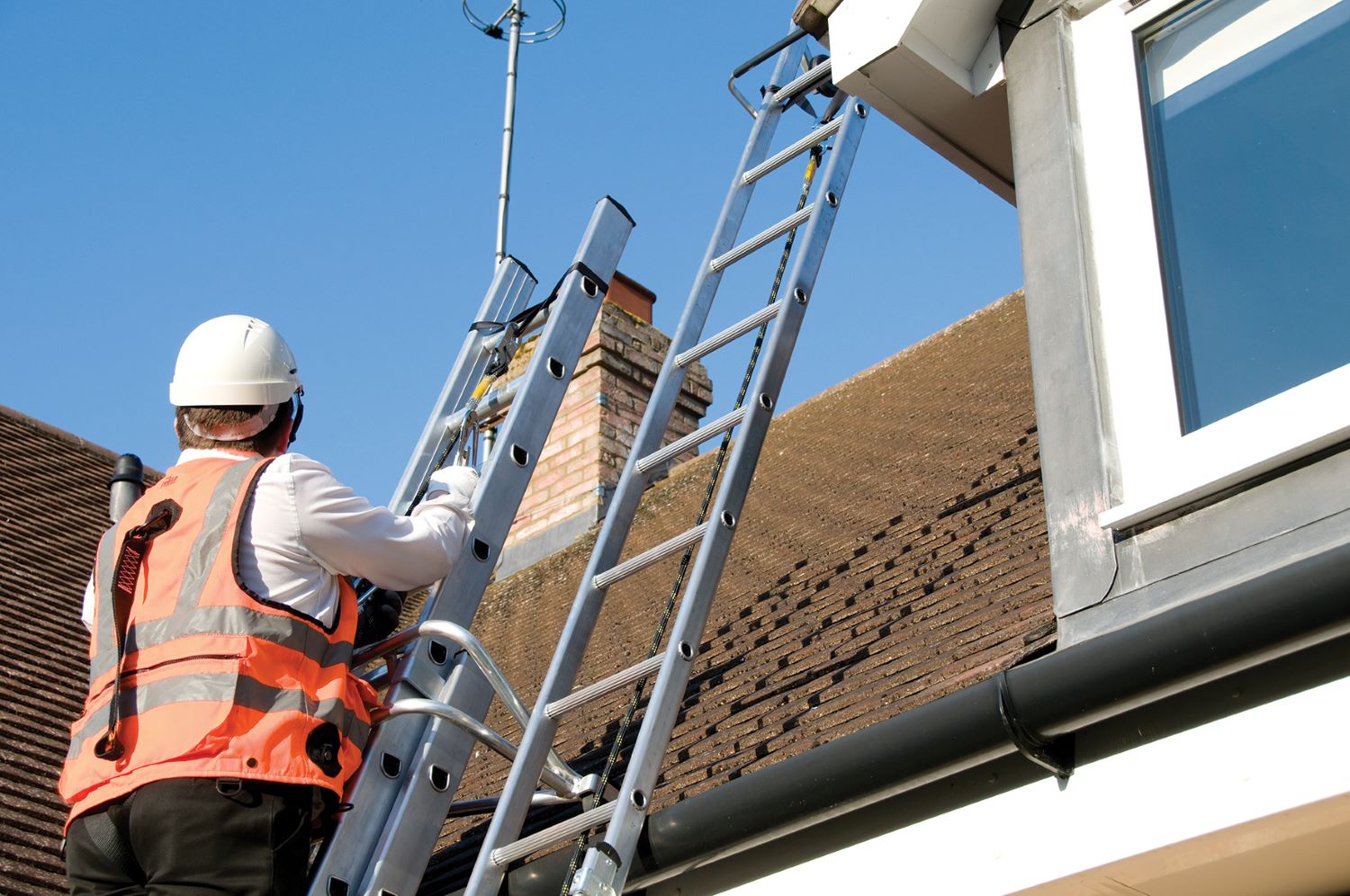
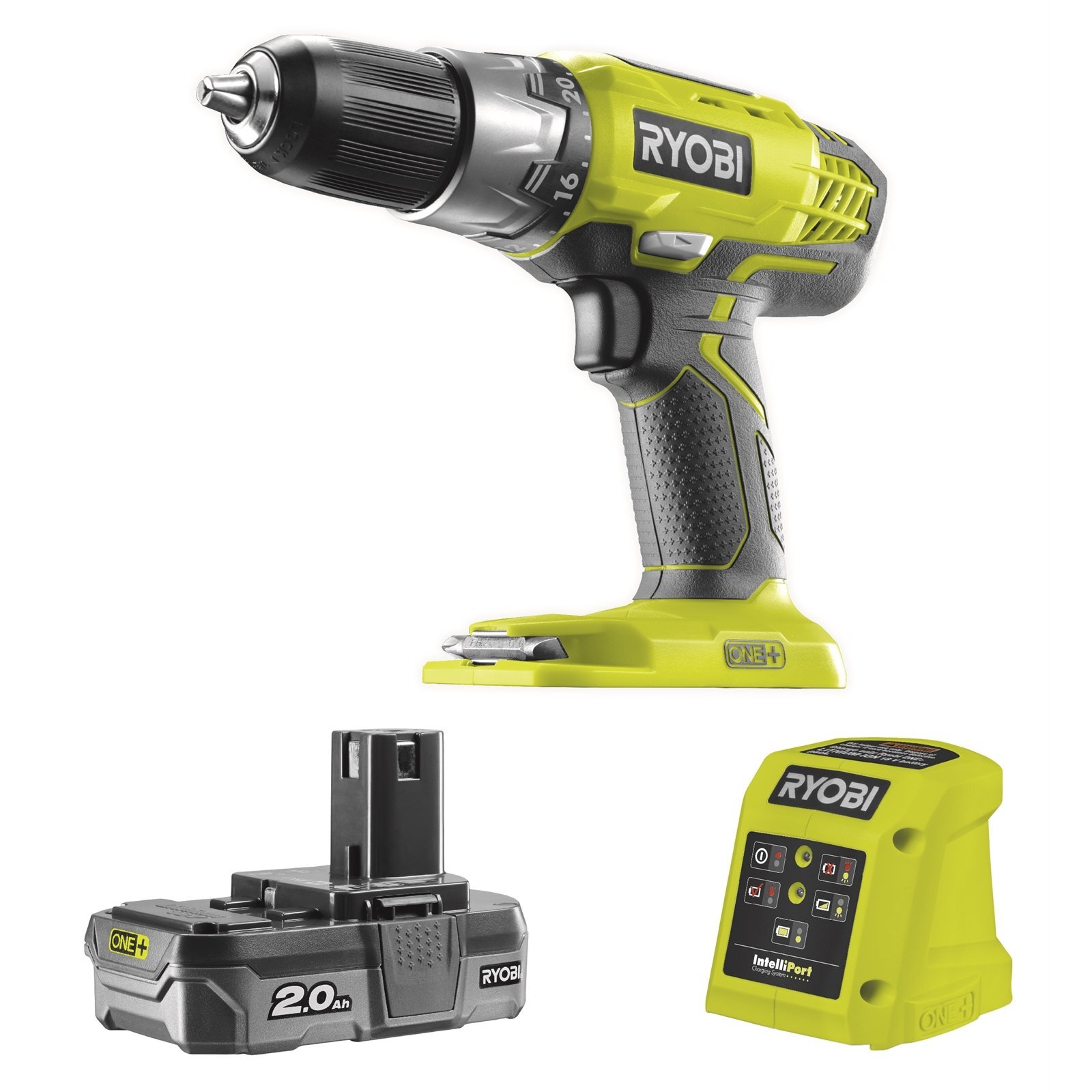
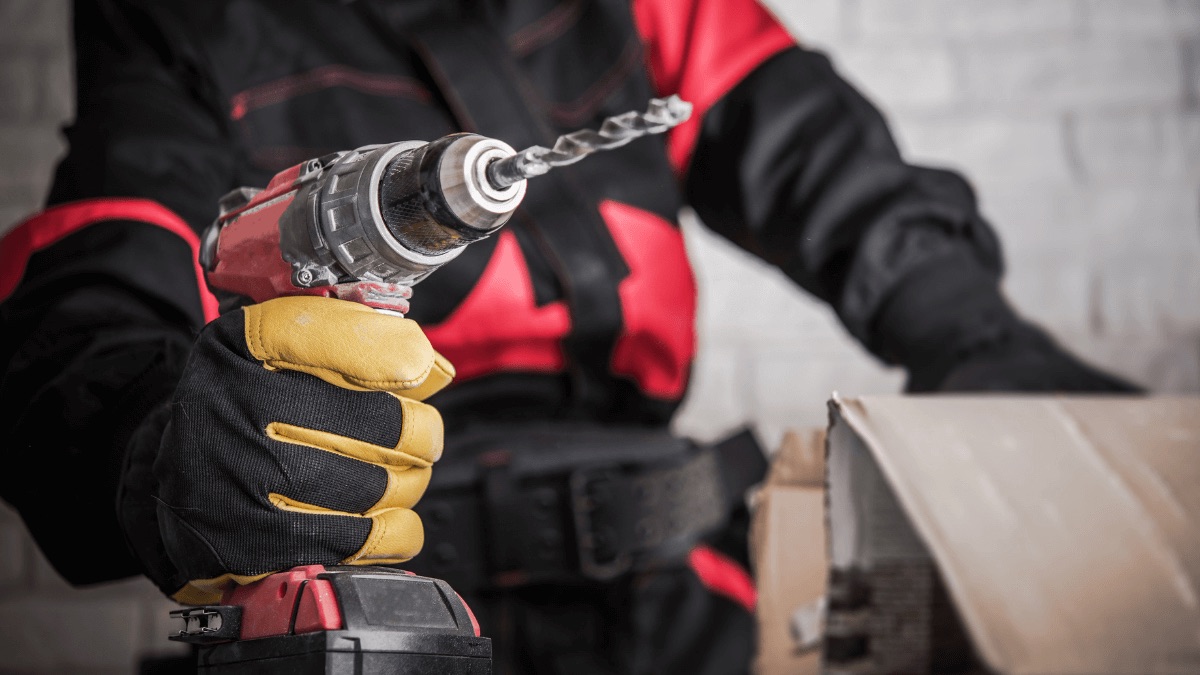
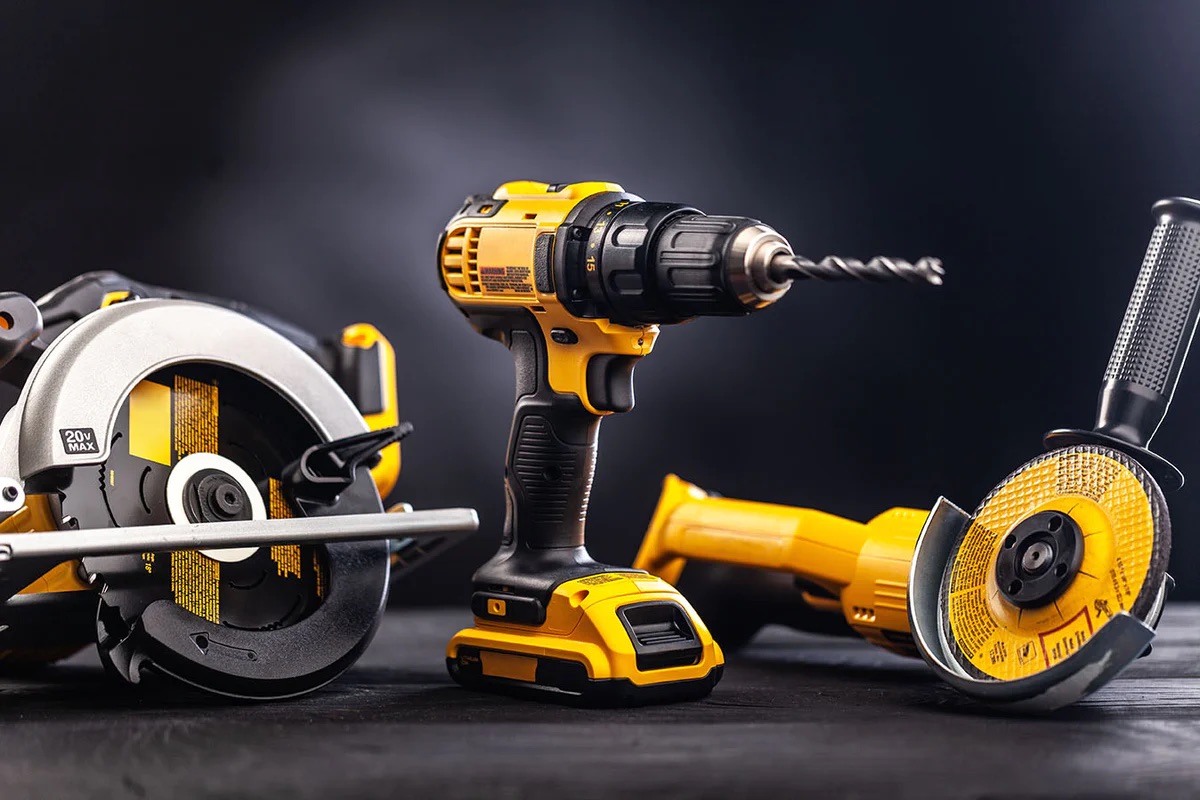
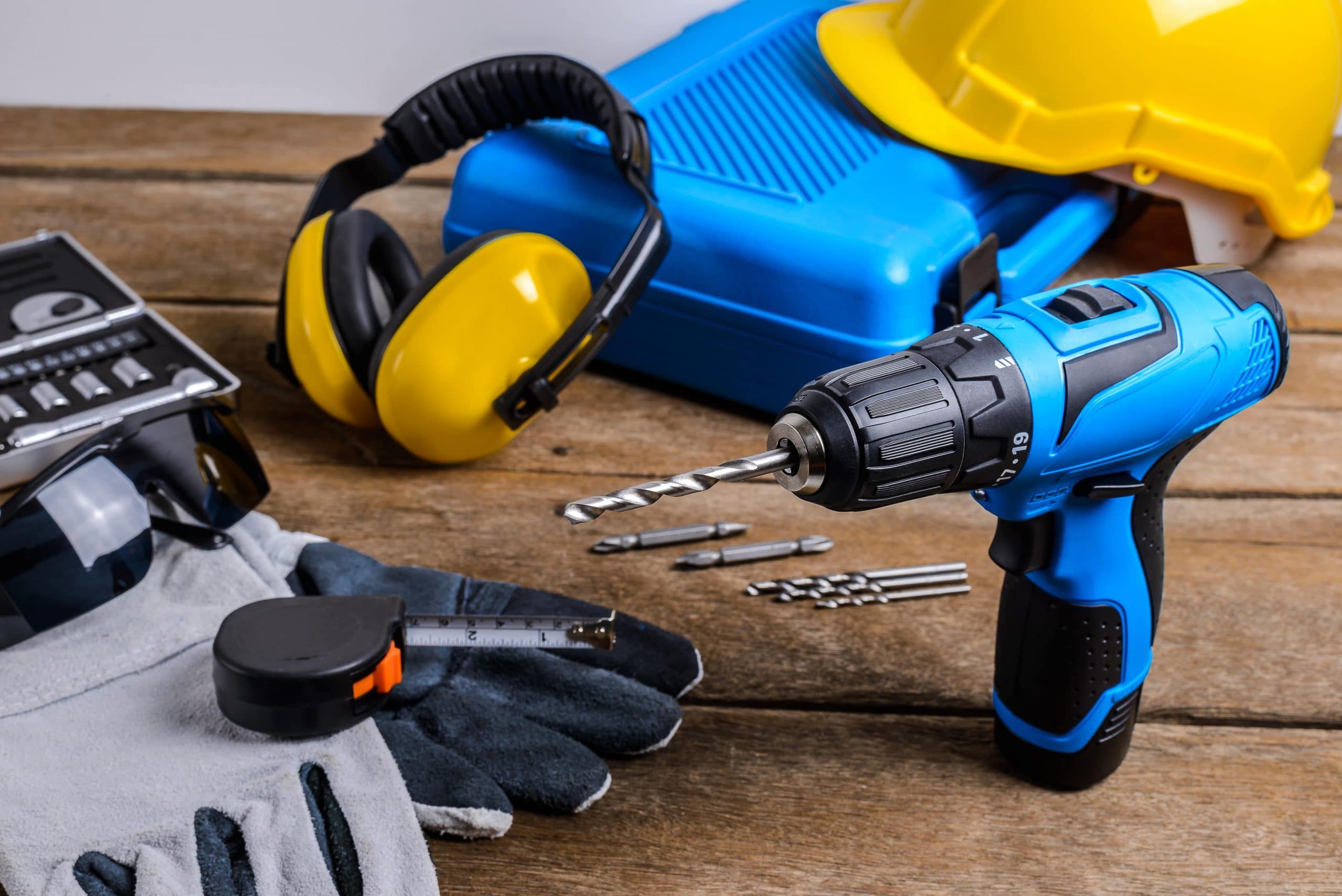
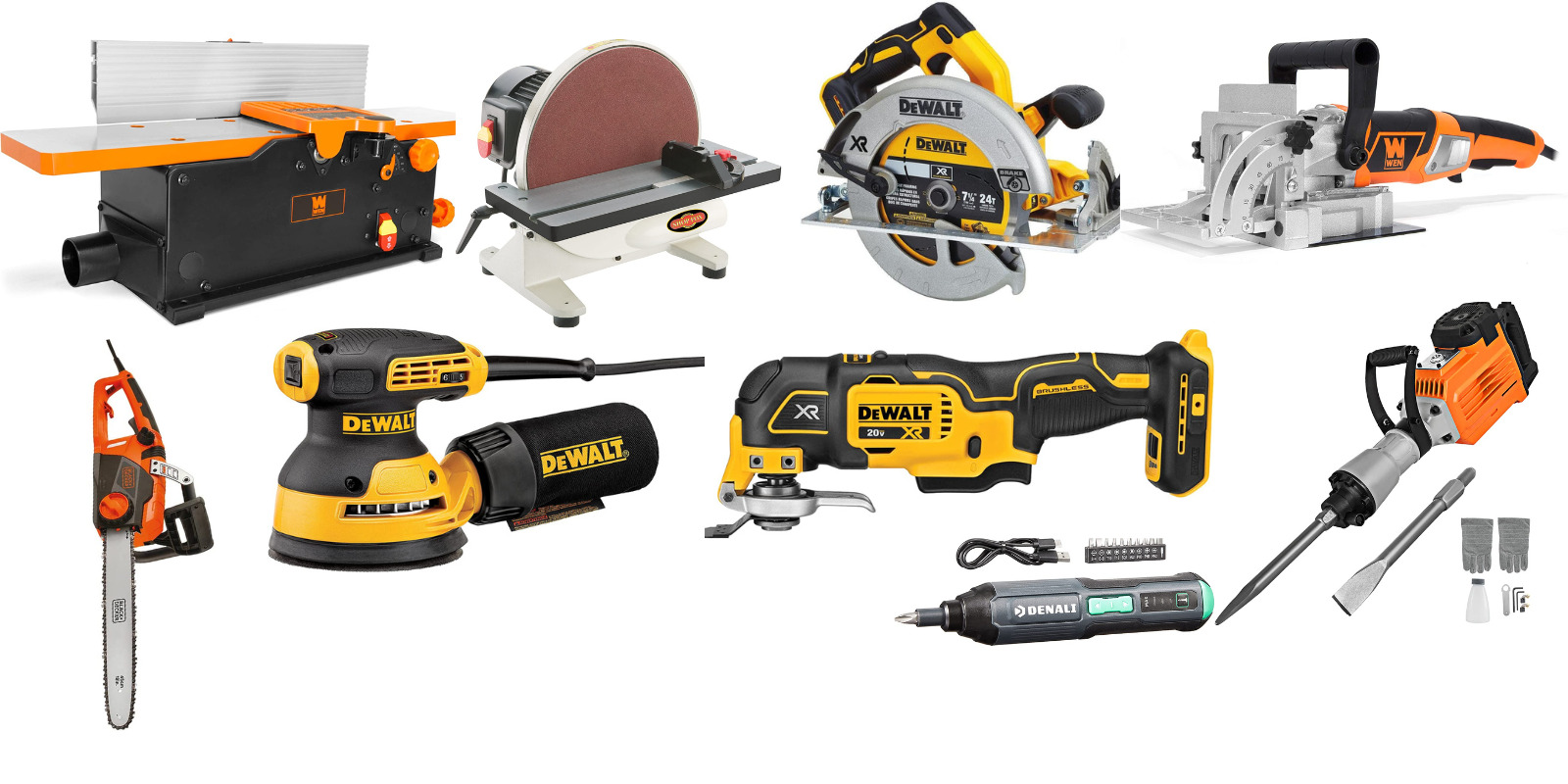

0 thoughts on “How To Use Power Tools Safely”